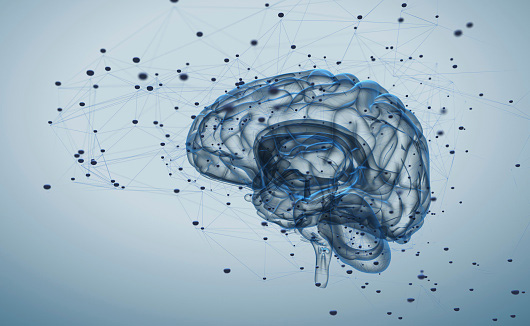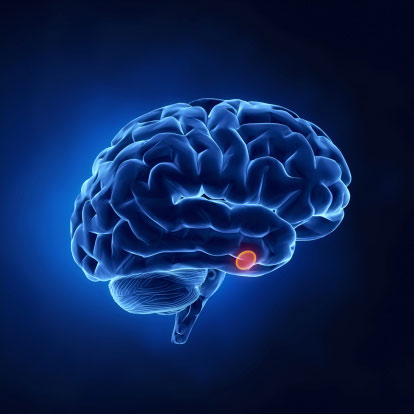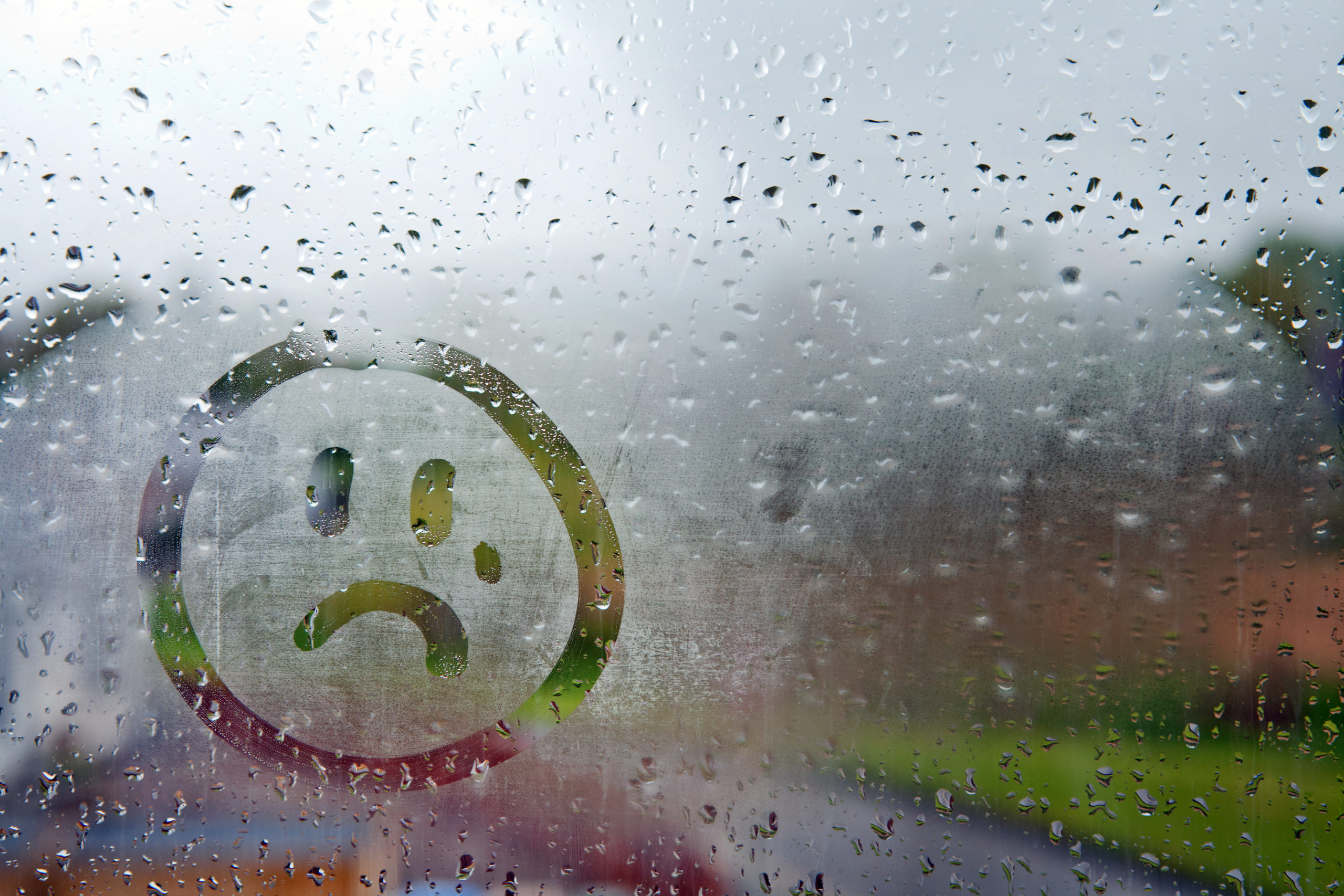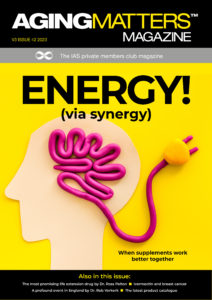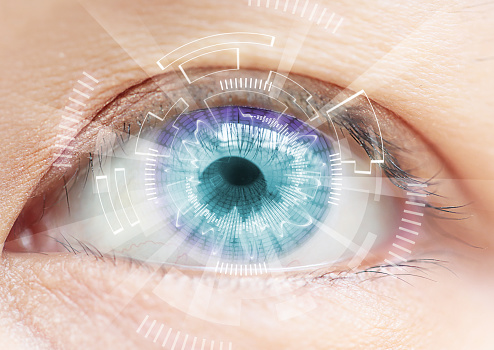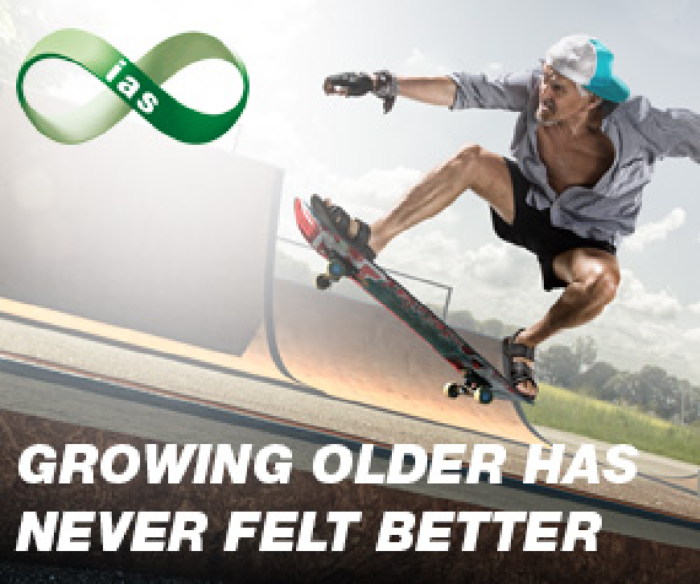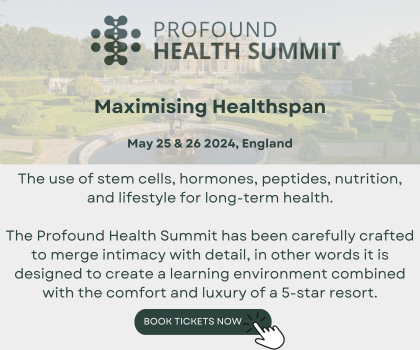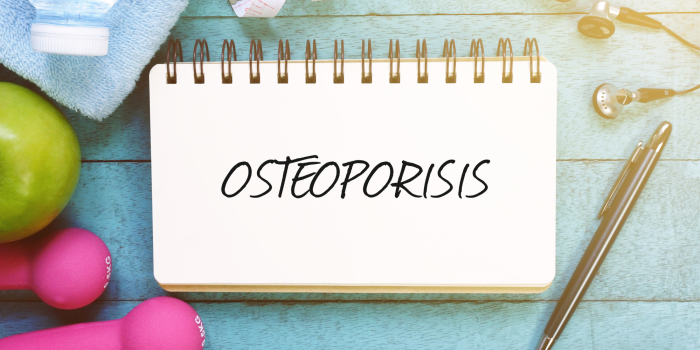
Osteoporosis – you can rebuild your bones
July 16th, 2025Have you been diagnosed with osteoporosis or experiencing symptoms? The good news is that you can boost your bone health, and in some cases, it is possible to reverse the silent disease.
‘The most urgent public health crisis of the modern era.’
The Royal Osteoporosis Society has said that the disease is ‘the most urgent public health crisis of the modern era’. The brittle bone disease can be life-changing, paralysing and has a big impact on someone’s physical and mental health.
Ground-breaking and pioneering research is ongoing, but the Society wants to see more scanning, quicker diagnosis, better care and more development of new treatments.
Romosozumab is a new osteoporosis medication that shows promise for many patients.
Bone health balance can be restored.
The new drug, Romosozumab (brand name Evenity), has proven to restore the balance between cells that build bone (osteoblasts) and cells that break down bone (osteoclasts), which in turn helps to prevent bone loss. The drug is approved and comes in the form of an injectable. Two injections are insertedinto the stomach or thigh once a month. A person can use Romosozumab as their first drug to treat osteoporosis, or if they’ve already tried other medications unsuccessfully.
Romosozumab is predominantly prescribed for women who have gone through menopause, are at high risk of developing the disease or who have already broken bones.
The drug isn’t available everywhere at the moment, so ask your doctor for more information about Romosozumab.
At the moment, bisphosphonates are normally the first choice of medication for the disease. Alendronate (Fosamax) is a weekly pill. Risedronate (Actonel or Atelvia) is a weekly or monthly pill. Ibandronate is a monthly or quarterly pill or an IV (intravenous infusion. Also, Zoledronic acid (Reclast), which is an annual infusion.
Osteoporosis isn’t something that just affects little old ladies.
Bone is a living tissue which is constantly in a state of renewal, and osteoporosis develops when new bone development can’t keep up with the loss. Up until the age of around 40, the body naturally renews bone strength, but then it starts to taper off due to ageing and other factors. Men and children can develop the disease, but 1 in 2 women in the UK will experience the symptoms of or develop osteoporosis.
There has been an increase in younger women being diagnosed with the disease and this is a concerning fact.
Most people only get diagnosed with osteoporosis after experiencing a broken or fractured bone, normally from a fall. Commonly, the hip, wrist, or spine but in severe cases of the disease, bones can break even without a fall.
The most common facts and risk factors for developing osteoporosis are:
- Low body weight
Less bone tissue and less fat padding around the hips won’t cushion a fall
- Smoking
Smoking slows down cell renewal, speeding up damage to the bone
- Drinking too much alcohol
Alcohol affects the cells that build up and break down bone
- Genetics
Genes determine the potential size and strength of the skeleton
- Ageing
With age, bone mass starts to decline, so the elderly are more prone
- Being a woman
It is more common in women, especially after menopause
- History of broken bones
If you are prone to falling and breaking or fracturing bones
- Bad balance or coordination
Low balance, low coordination and slow reflexes can cause falling
- Depleted nutrients or hormones
An unhealthy diet or a reduction in oestrogen or testosterone
- Inactivity
Bone strength is influenced by exercise
- Taking medications
Glucocorticoid (steroids) taken for more than 3 months
Anti-epileptic drugs
Breast or prostate cancer treatments
- Having medical conditions
Rheumatoid arthritis
Hysterectomy before age 45
Anorexia
- Turner’s syndrome
An estrogen sufficiency and intrinsic bone abnormalities
- Excessive exercise
Leads to weaker bones due to hormone imbalances
- Hyperthyroidism
It accelerates bone turnover, causing a faster breakdown of the bone
- Parathyroid disease
Disrupts the body’s calcium balance, causing bone to weaken
- Crohn’s disease
Causes chronic inflammation and malabsorption of nutrients
- Coeliac disease
Creates a malabsorption of essential nutrients like calcium and Vitamin D
What symptoms might you experience before diagnosis?
- Receding gums
- Toothloss
- Weak grip strength
- Brittle nails
- Mild bone pain
- Bone tenderness
- Severe back ache
- Loss of height
- Stooped posture
- Shortness of breath
What tests can be done if you are showing symptoms?
- X-ray (DEXA)
- Blood test
- MRI scan
- Bone density scan
- Fracture risk assessment
- Ultrasound scan
- Radio isotope
- CT scan
- Bone markers
- Bone biopsy
How can you reduce the risk of developing osteoporosis?
- Eating a nutritious diet, including low-fat dairy products, dark leafy greens, canned salmon, sardines with bones, tofu and orange juice
- Know your family medical history
- Build a protection plan
- Do regular exercise
- Include weight-bearing exercises
- Give up smoking and recreational drugs
- Limit alcohol consumption
- Talk to your doctor about any concerns
Help is available through:
- Treatment plans
- Support groups
- Nurses and specialists
- Screening
If you are diagnosed with osteoporosis, there is an increased risk of fractures or broken bones from a stumble or a fall. A treatment plan will be created that focuses on bone loss, building bone density and preventing fractures. It could include medication, lifestyle changes and fall prevention strategies.
For good bone health, we recommend our product Cartalax, a cartilage and bone tissue peptide bioregulator. It normalises the function of different aspects of the musculoskeletal system. Effective for patients suffering from osteoporosis and after injuries and fractures.
References
https://www.mayoclinic.org/diseases-conditions/osteoporosis/symptoms-causes/syc-20351968
